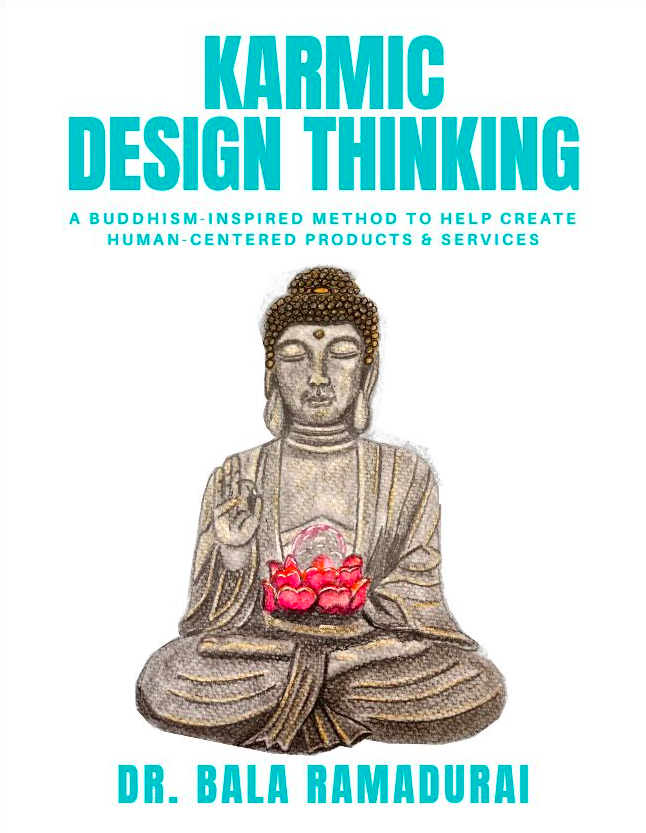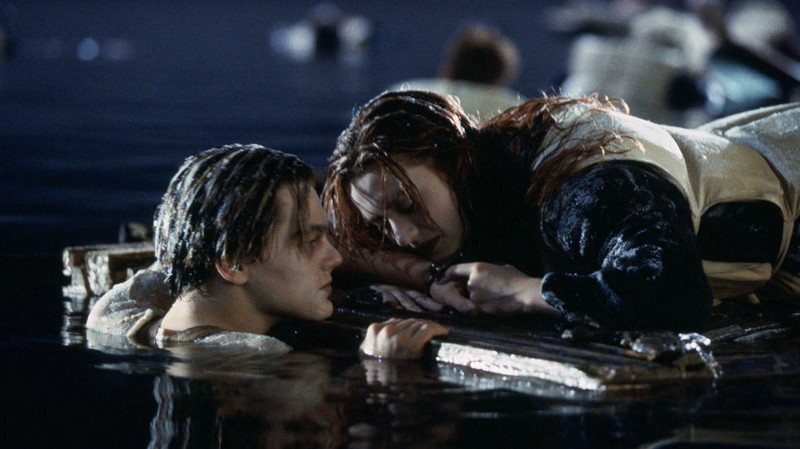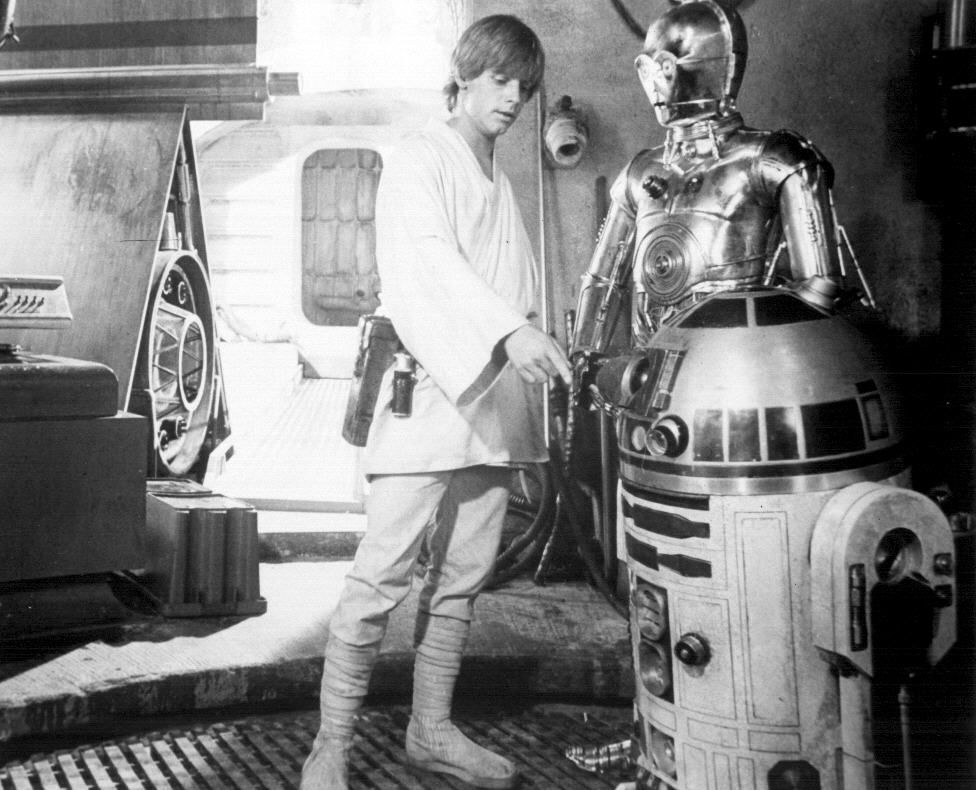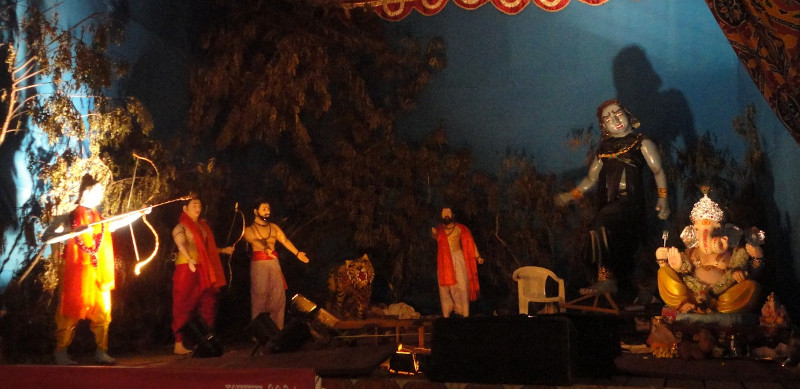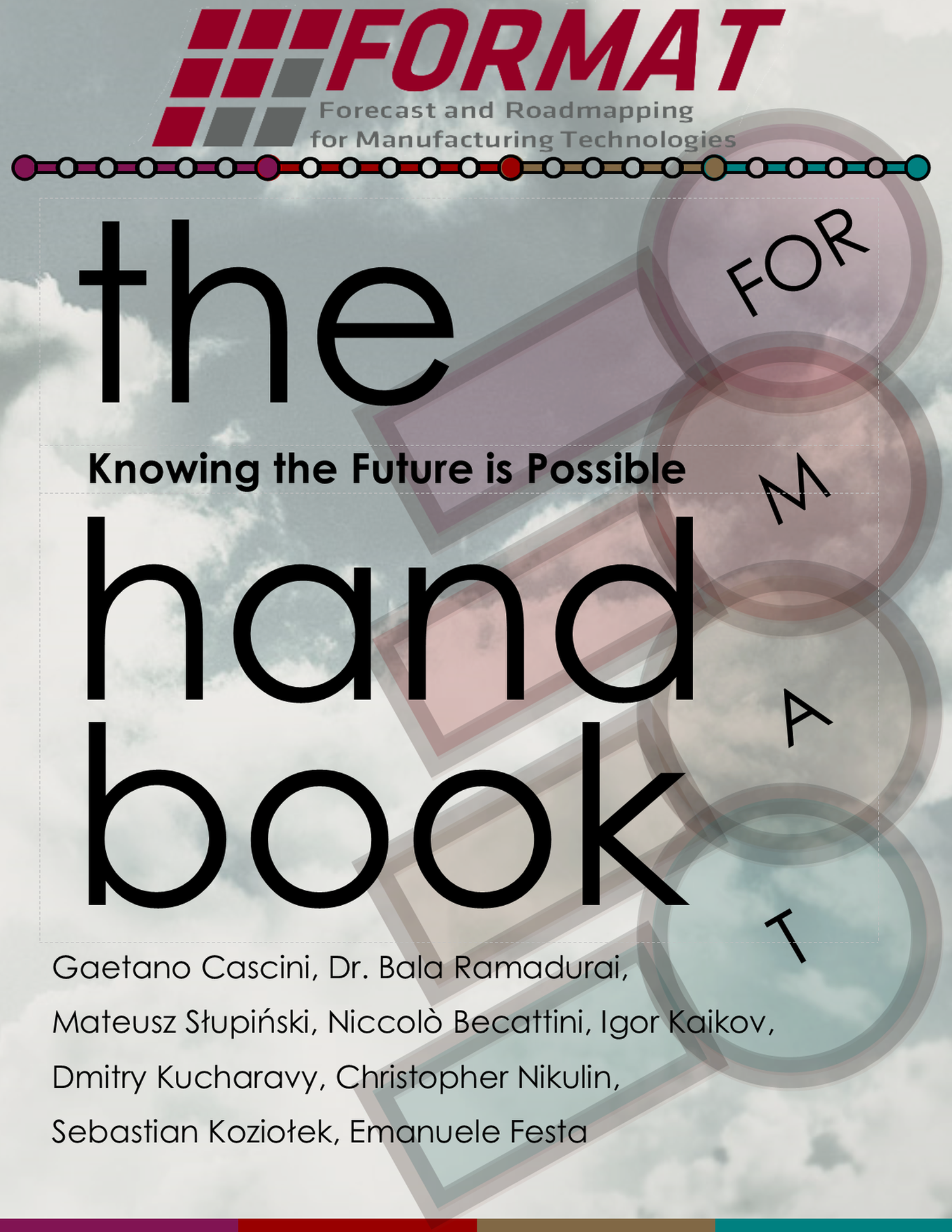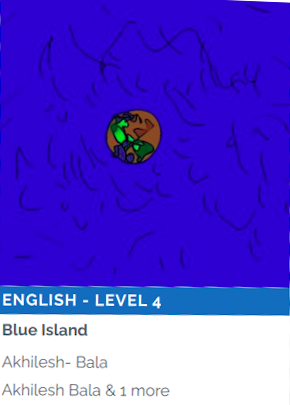We’ve reached an important point of a story. For regular movie-goers in India, we know this phase as the Interval or Intermission. Not only does this break in a movie serve as a pop-corn/bathroom break, but also from a story-perspective, it is the middle point of the story.
So, what is so special about the mid-point? For the hero, the mid-point has just one significance and an important one at that - Move from reaction to action. No, this has nothing to do with Sir Isaac Newton’s third law.
Let’s recap. In the COEXIST storytelling method, we chose a hero and an issue in step C; wrote our grand story in one-line in step O; made our hero “get out” of their comfort zone in step E; gave them an external threat for them to battle in step X; and now the hero is just tired of running around and just reacting to whatever is thrown at them.
Let’s go back to the stories that we have been tracking.
In Finding Nemo, Marlin and Dory find a diver’s mask which has the address where Marlin’s son might be. After dealing with the three sharks (Bruce, Anchor and Chum, if you wanted to know their names 😊), Marlin is faced with a dire situation. The only way to finding his son is in the mask, but the mask is in a dark abyss. With some persuasion from Dory (“Let’s keep swimming” earworm), Marlin decides that he’ll swim for the mask.
In The Matrix, after Morpheus is captured by the agents (Smith, Jones and Brown, if you wanted to know their names 😊), Neo is faced with a dire situation. The only way to rescuing Morpheus is to go to a military location, but the location is guarded by the military and three agents. With some persuasion (indirect) from the Oracle (“Know thyself” theatrics), Neo decides he’ll fight for Morpheus.
In Titanic, after Jack is captured by Cal (Lovejoy is the thug’s name, if you wanted to know his name 😊), Rose is faced with a dire situation. The only way to rescuing Jack is to go (back) to the Titanic, but the ship is sinking and she has no idea where Jack will be. With some (indirect) persuasion from Cal (and Jack himself), Rose decides to get back on to Titanic to rescue Jack and be with him.
Well, since today is May 4th, I’ll also talk about Star Wars (“May the fourth be with you”, get it?).
In Star Wars - A New Hope, Luke Skywalker is captured by Darth Vader’s storm troopers (Oh c’mon, I can’t name them all 😊) on the Death Star, Luke is faced with a dire situation. The only way to rescuing Princess Leia is to battle out along with Han Solo and the droids. Luke decides to join the Rebel Alliance against the Galactic Empire.
How do you perform the step of I - in-between?
Continue reading



